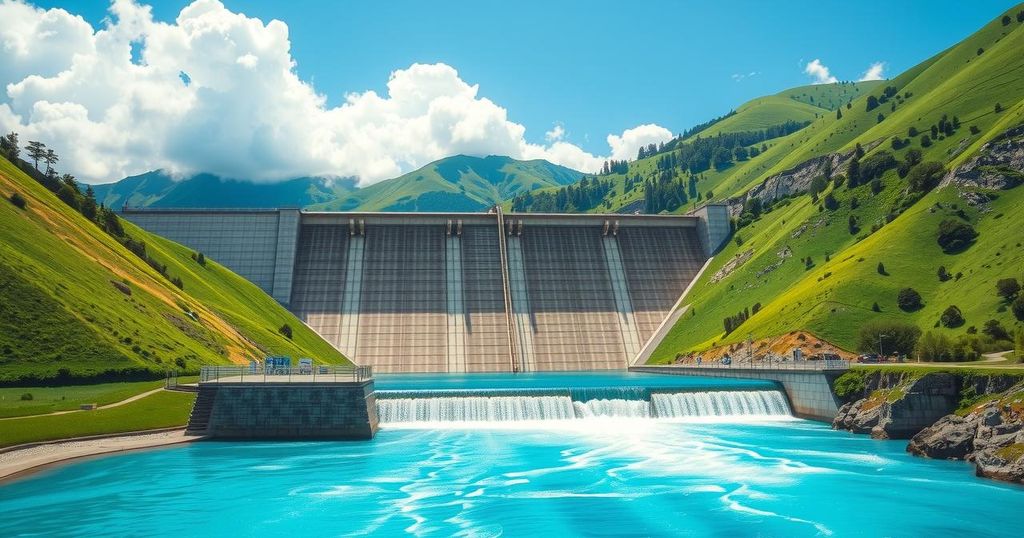The Panama Canal Authority is contemplating a new dam to combat drought and secure water supply, addressing climate change’s adverse effects. The $1.6 billion dam on the Rio Indio aims to enhance water storage while ensuring operational efficiency for the canal, essential for global trade. However, it is vital to consider the concerns of local communities affected by the construction.
The Panama Canal Authority is considering the construction of a new dam to protect the canal from climate change impacts and secure its water supply. This proposal, initially made two decades ago, has become vital for the canal’s survival amidst increasing drought challenges caused by climate change, which has significantly affected operations. The canal, which spans 82 kilometers, links the Atlantic and Pacific Oceans and is crucial for global maritime trade, handling 3% of it.
As the canal approaches its 110th anniversary in 2024, it faces the historic challenge of severe droughts that have caused the Gatun and Alhajeula reservoirs to hit record low levels. With a population of over four million relying on these reservoirs, the Panama Canal Authority has implemented a water resource management strategy to enhance reliability and efficiency while meeting the needs of the maritime industry and local residents.
The proposed multipurpose reservoir aims to counterbalance the water depletion from the canal’s reservoir system, ensuring both drinking water for citizens and operational water for the canal’s locks. Ricaurte Vásquez Morales, Panama Canal Administrator, pointed out the high dependency on rainfall, emphasizing the necessity to improve water storage capacity in response to increasing consumption.
Plans for a new dam on the Rio Indio, measuring 90.5 meters high and 840 meters long, are projected to create an 8-kilometer tunnel to integrate with the existing Gatun Lake. This $1.6 billion project is anticipated to create a reservoir capable of accommodating additional vessels during the dry season and securing local drinking water. If approved, its completion is expected by 2030.
The urgency of this initiative is underscored by the adverse effects of climate change and the extended dry seasons resulting from shifting weather patterns. Recent droughts have led to a decrease in canal traffic, with a notable reduction in ships passing through, causing congestion and elevated costs for shipping companies.
Additionally, the plans for the reservoir will require relocating over 2,200 individuals and will impact 2,000 others within the reservoir zone, raising concerns among local farmers and communities. The Panama Canal Authority has pledged to consider the needs and concerns of affected residents before moving forward with any construction.
In conclusion, the proposed dam for the Panama Canal is a strategic response to the dual challenges posed by climate change and drought. By enhancing water storage capabilities, the Panama Canal Authority aims to secure the canal’s operations and provide essential drinking water for the local population. The initiative, while promising, must also carefully address the concerns of those who may be displaced by the new constructions. This balance will be crucial for the project’s success and acceptance.
Original Source: www.waterpowermagazine.com




